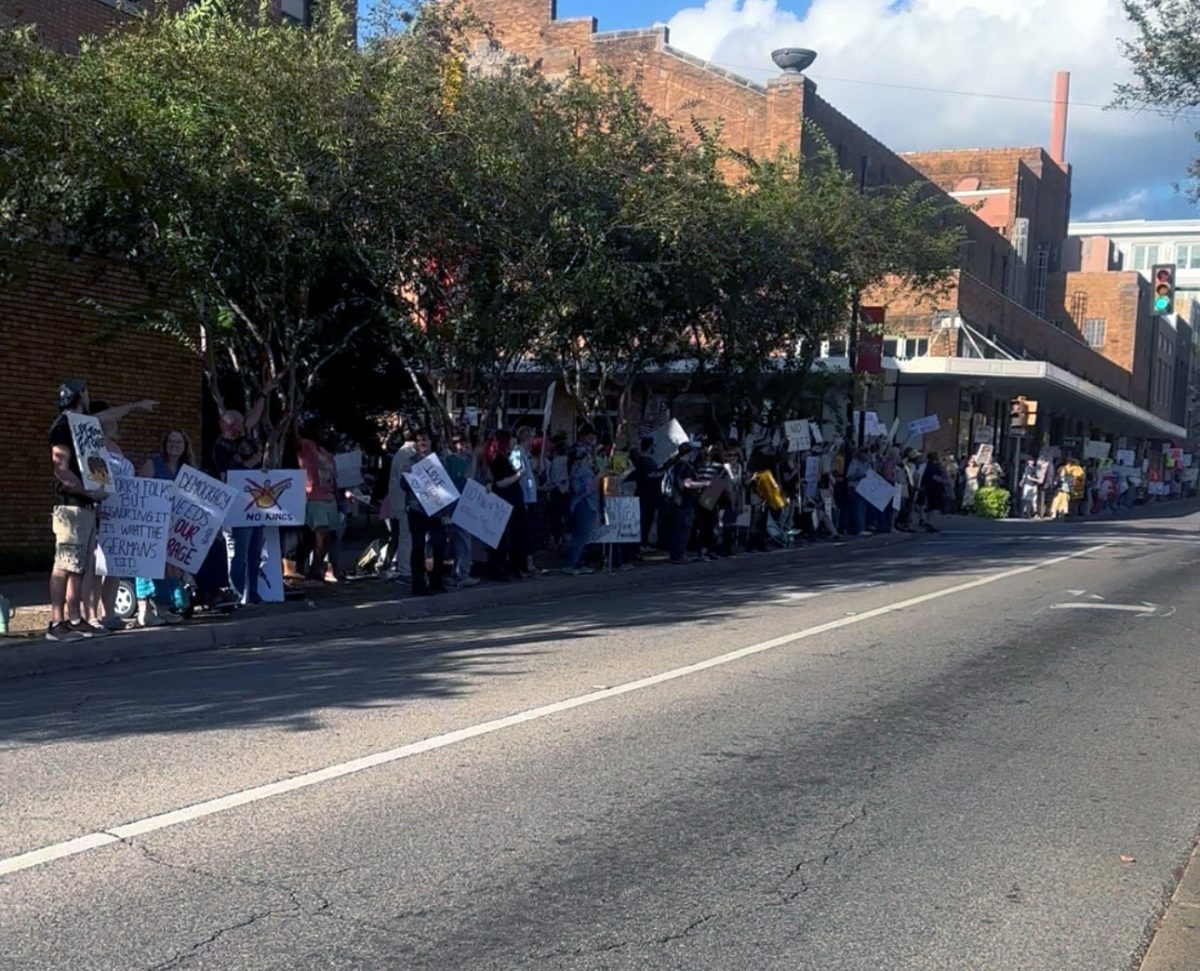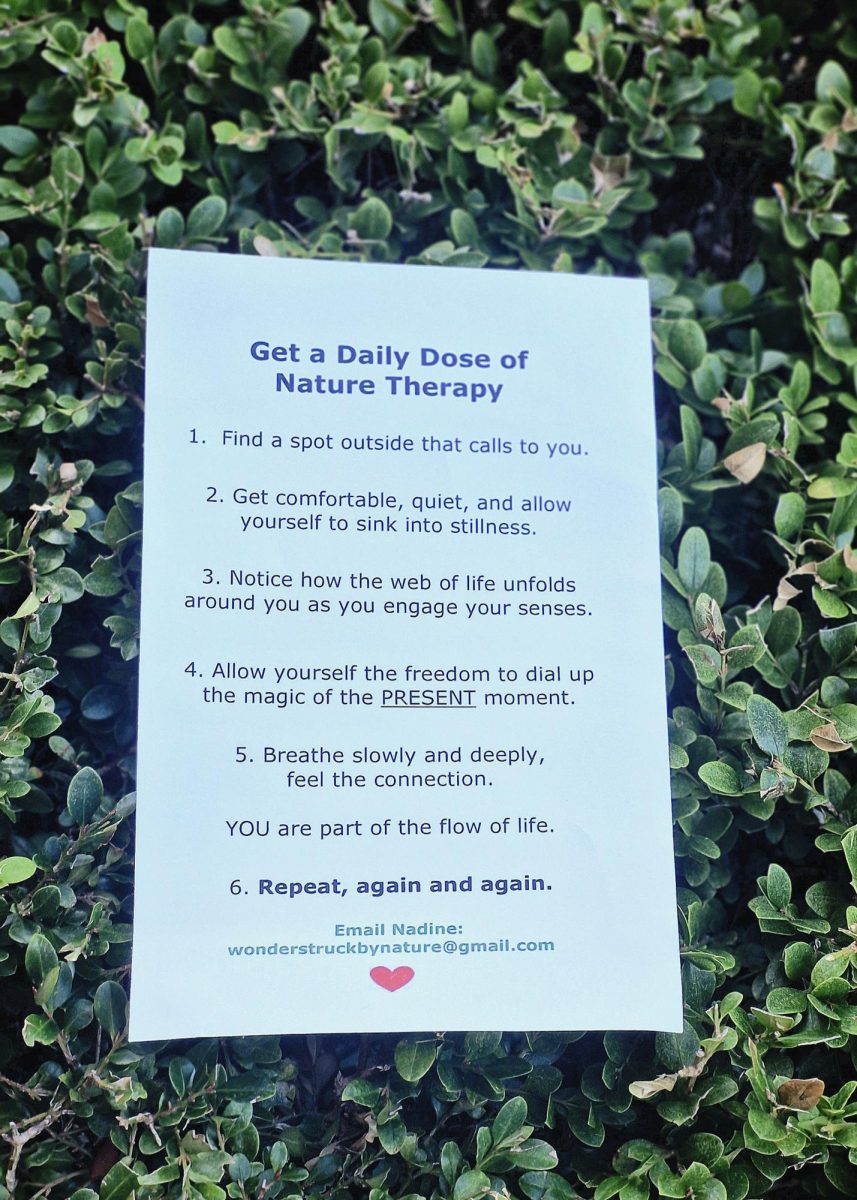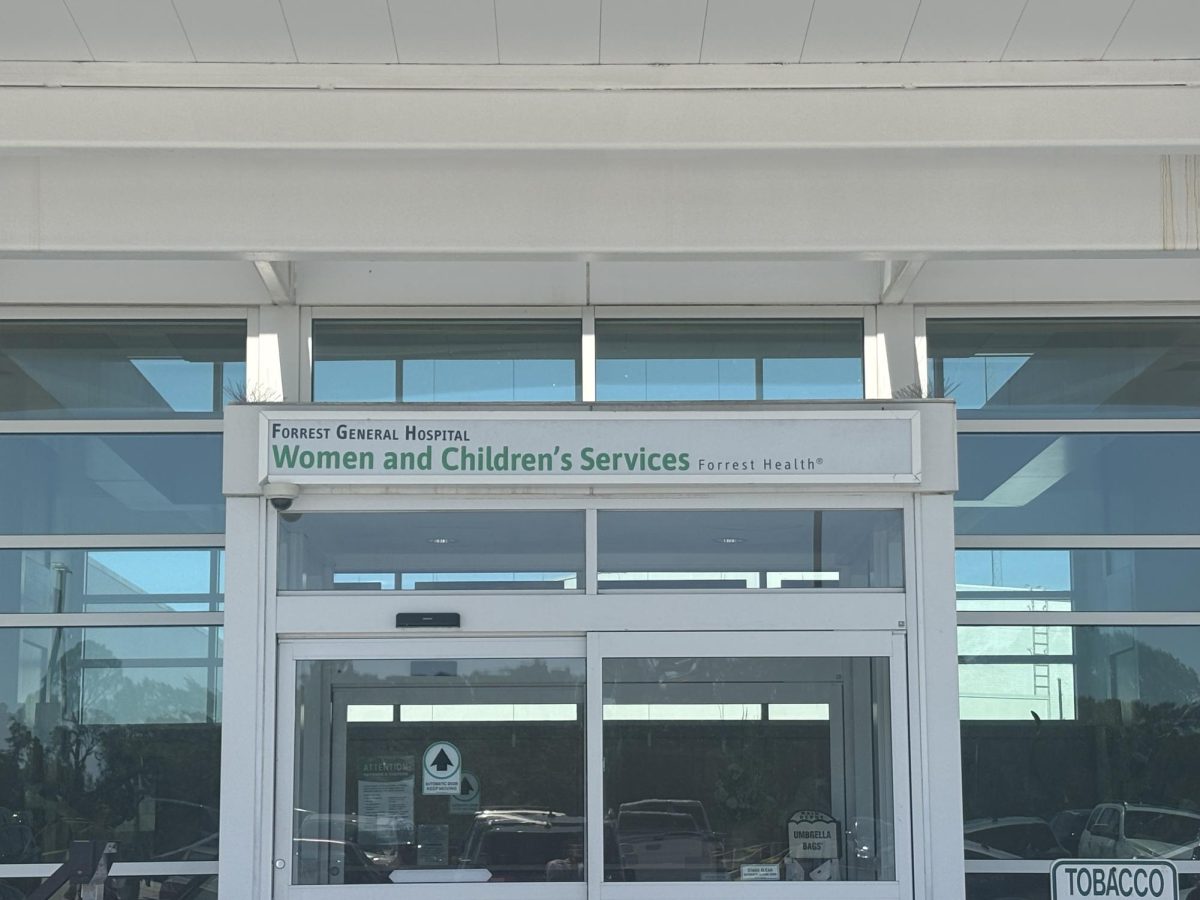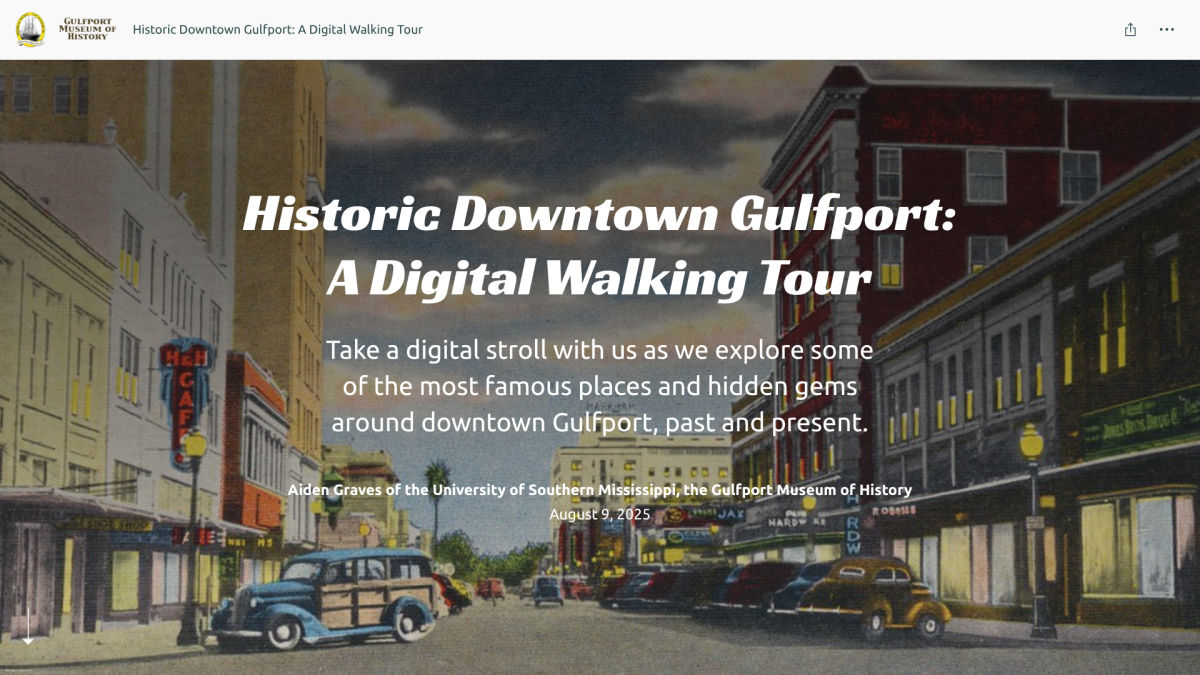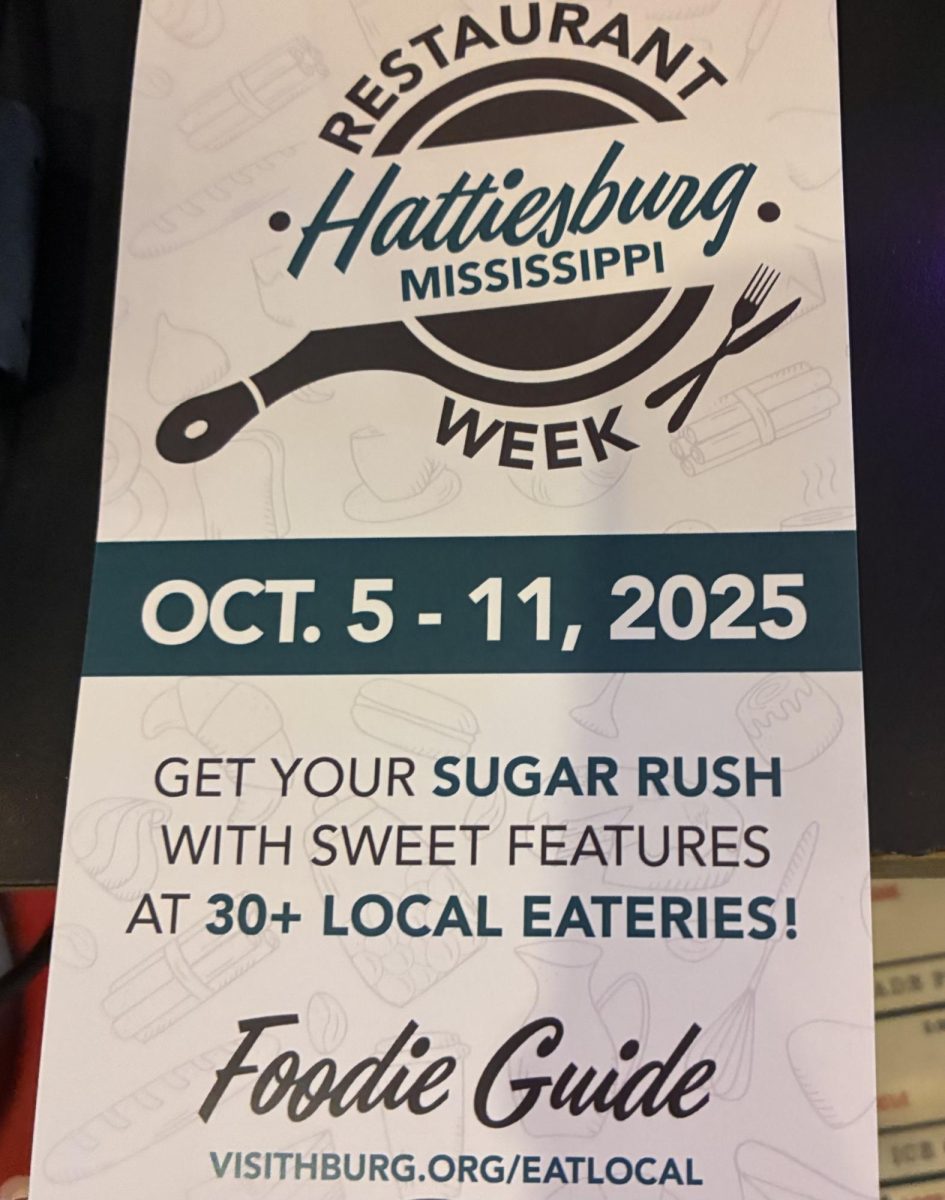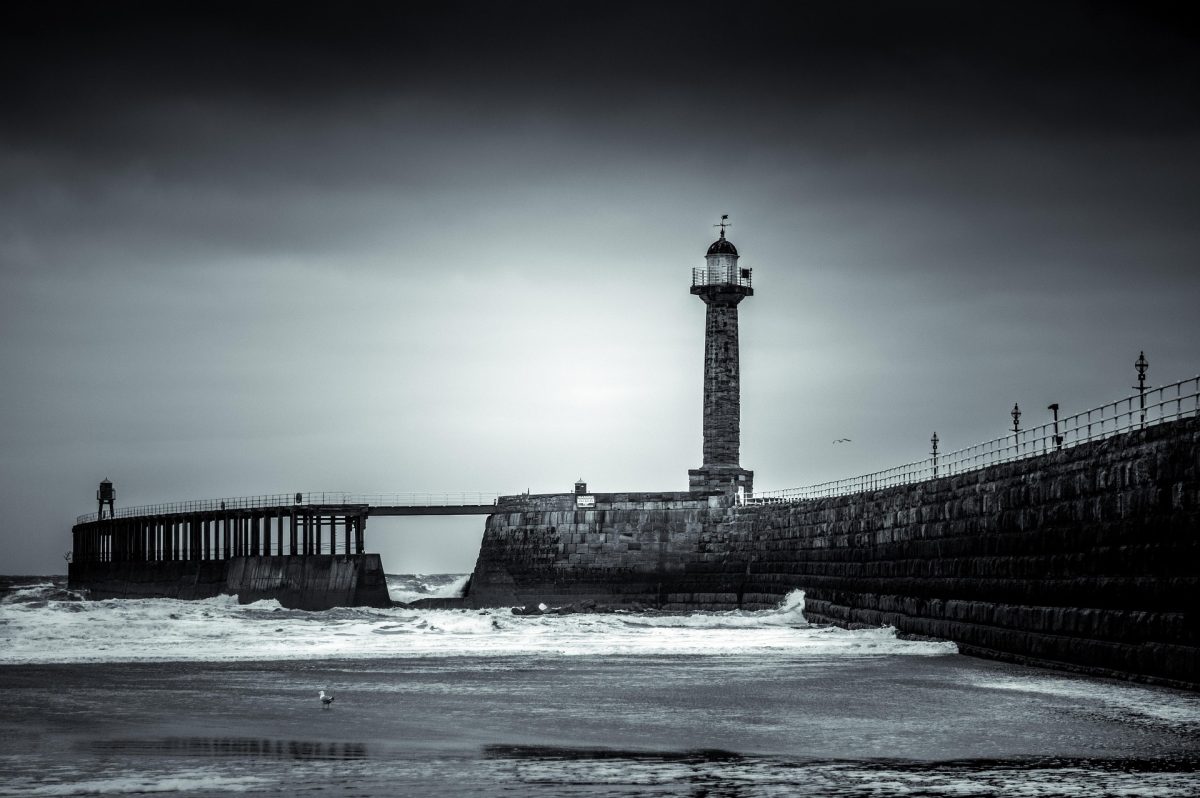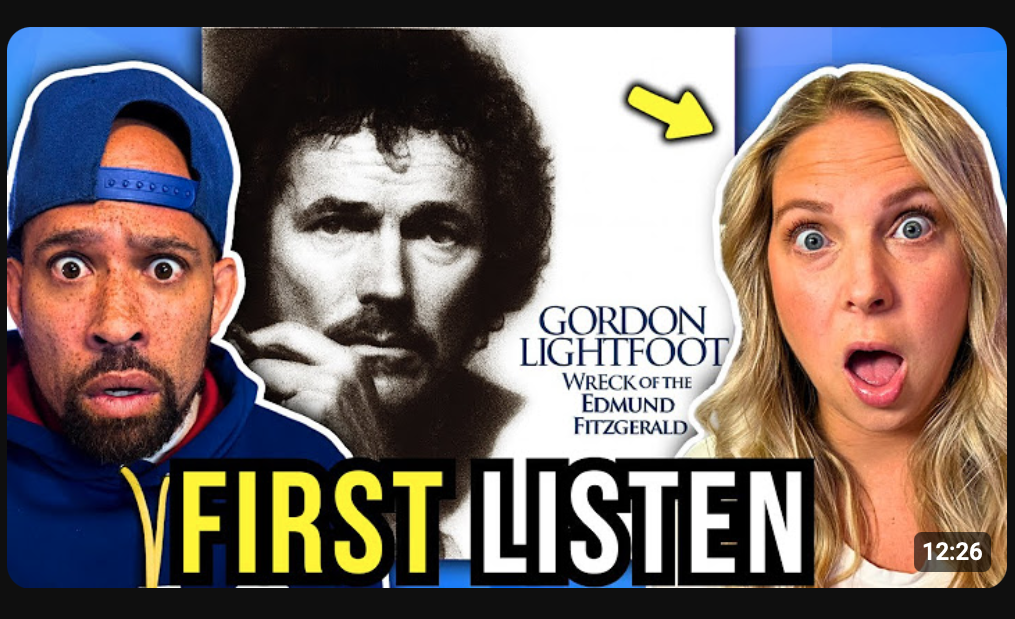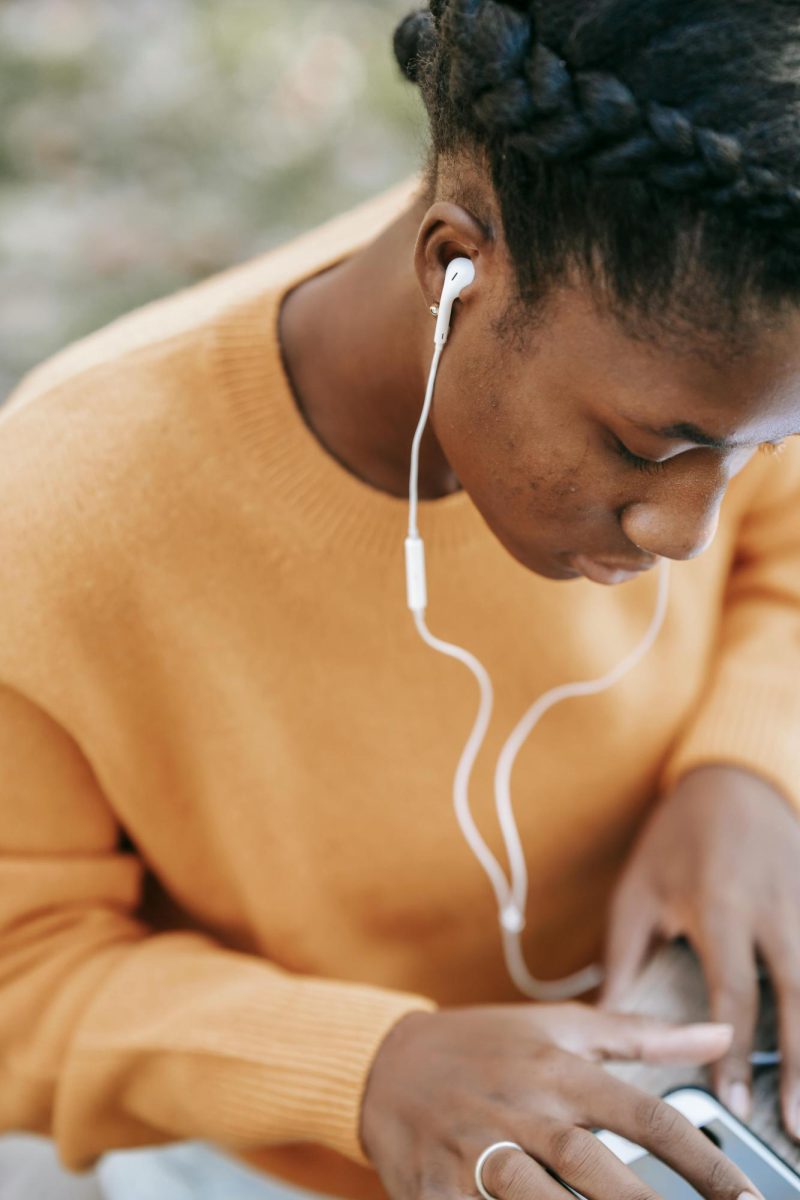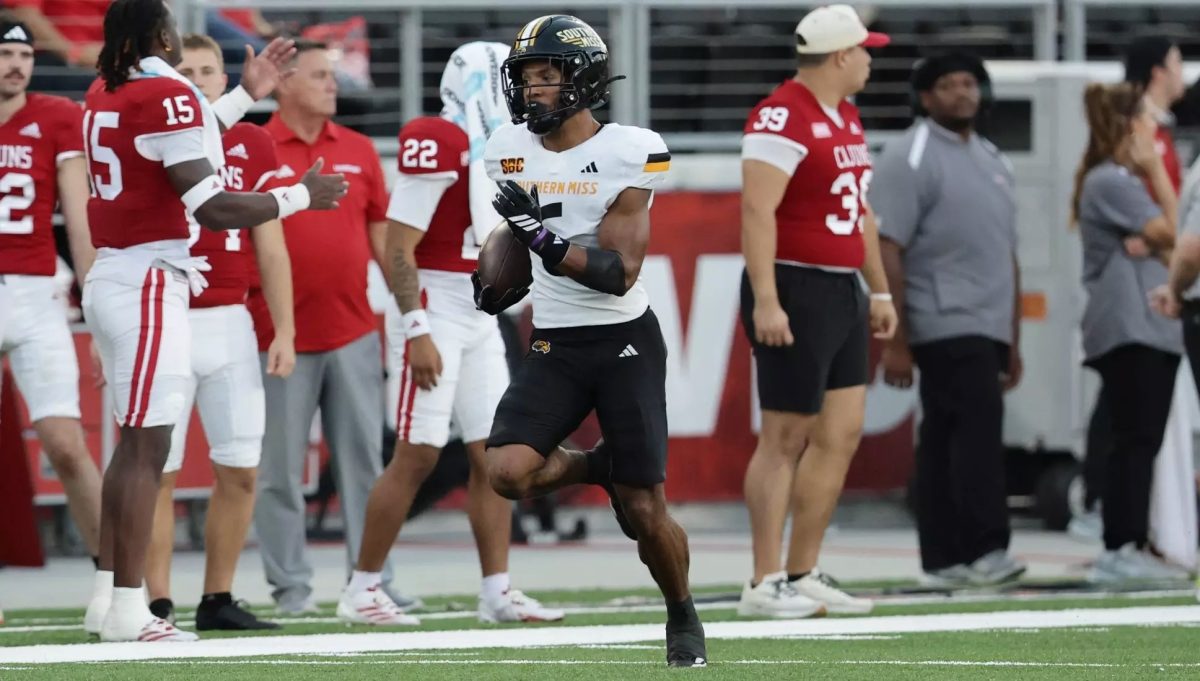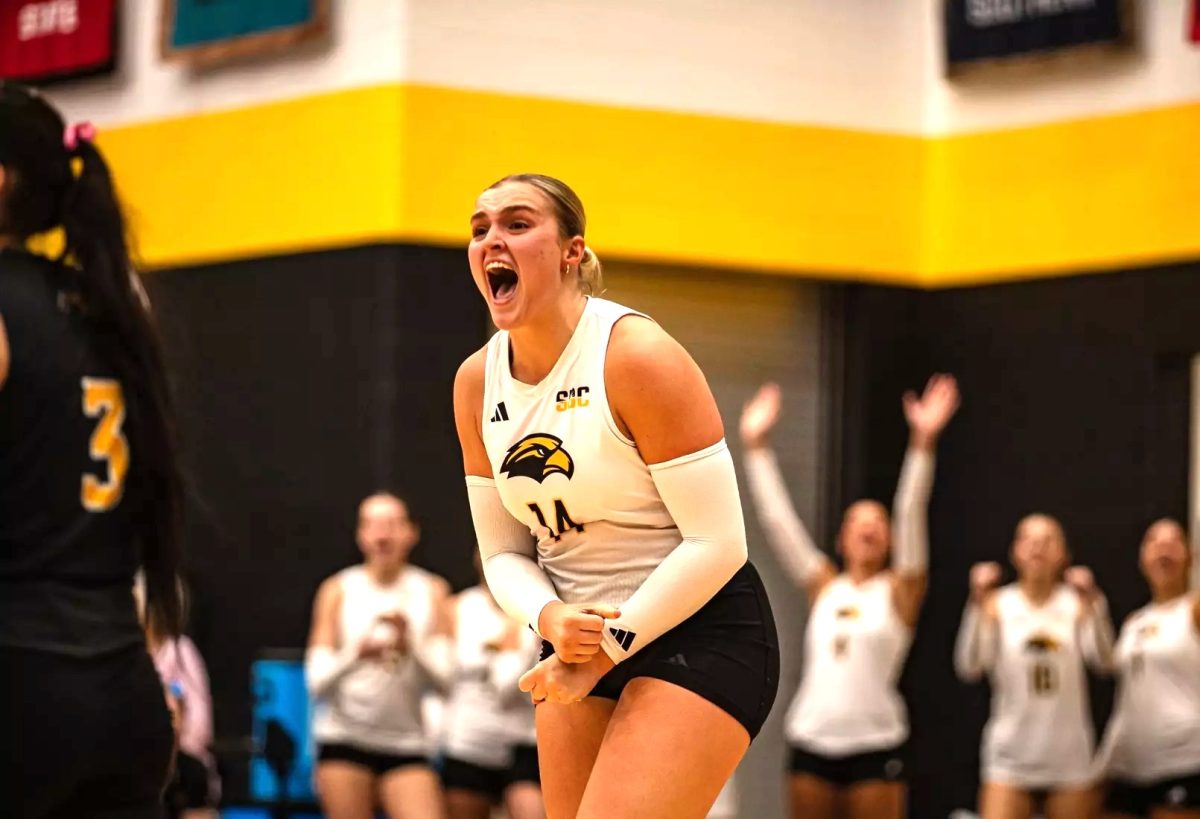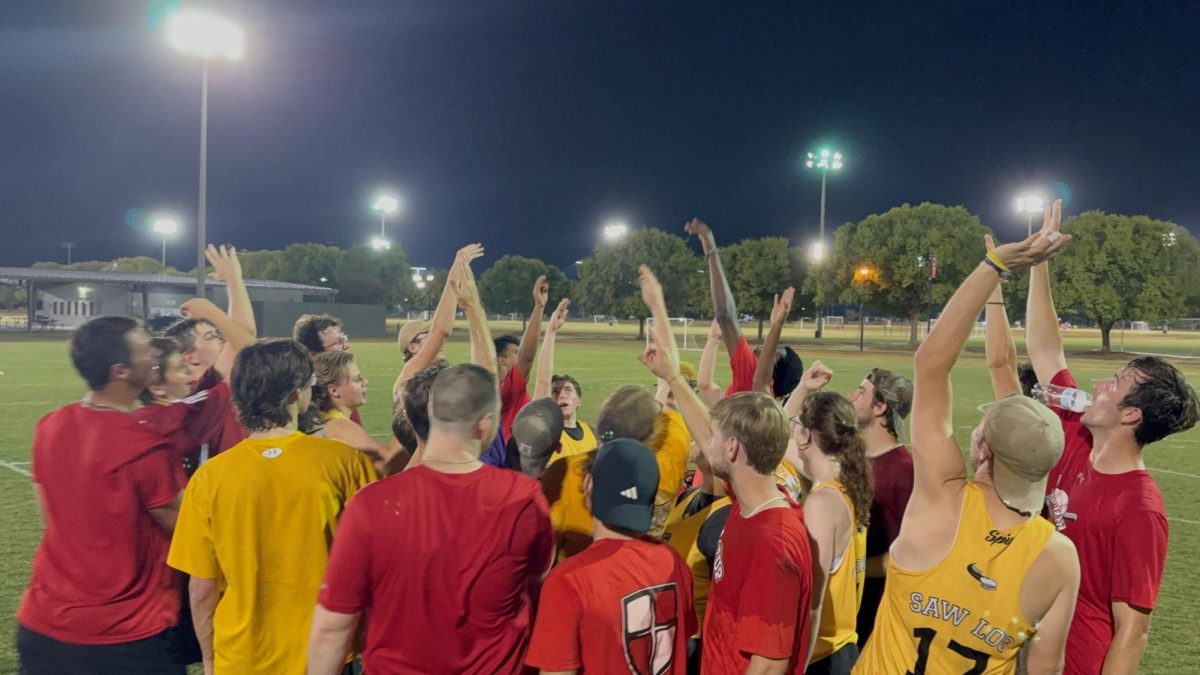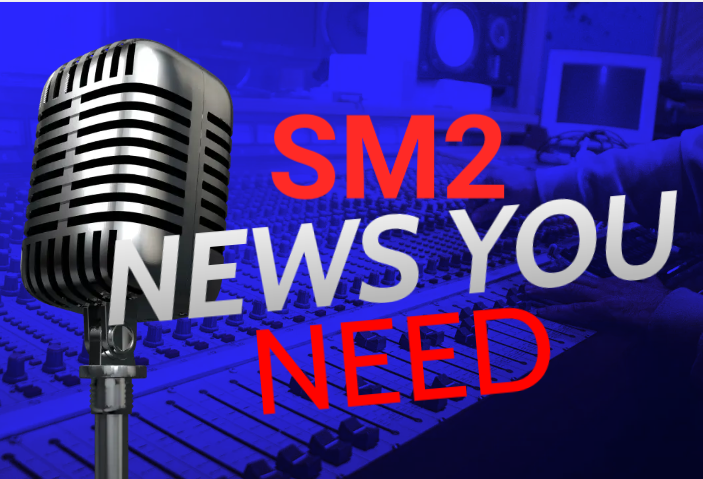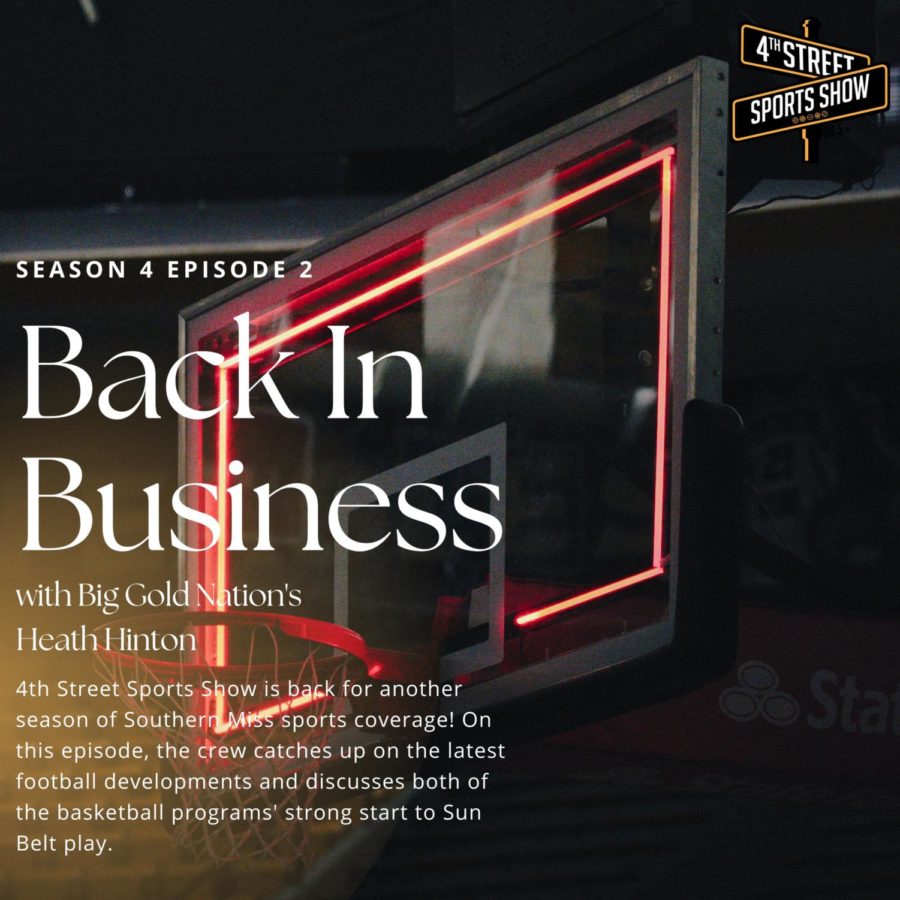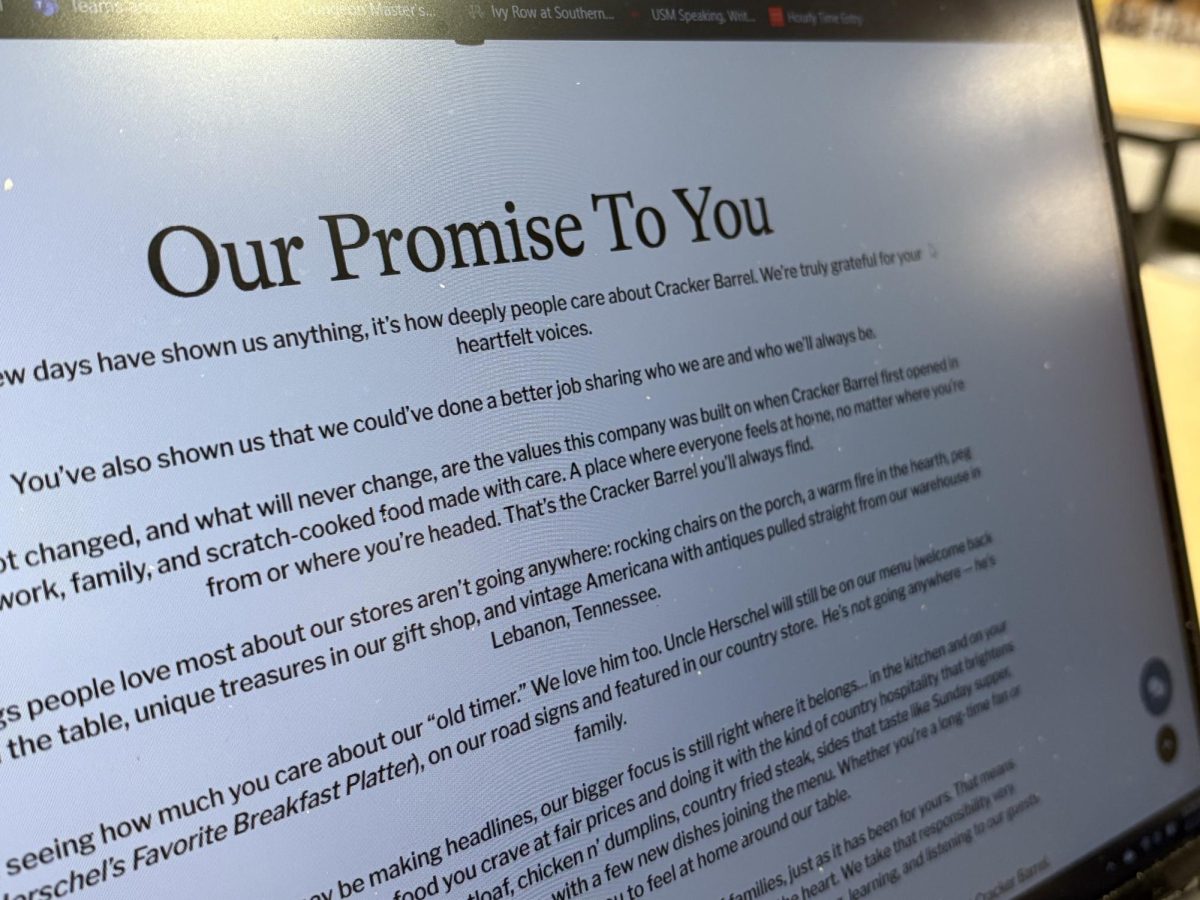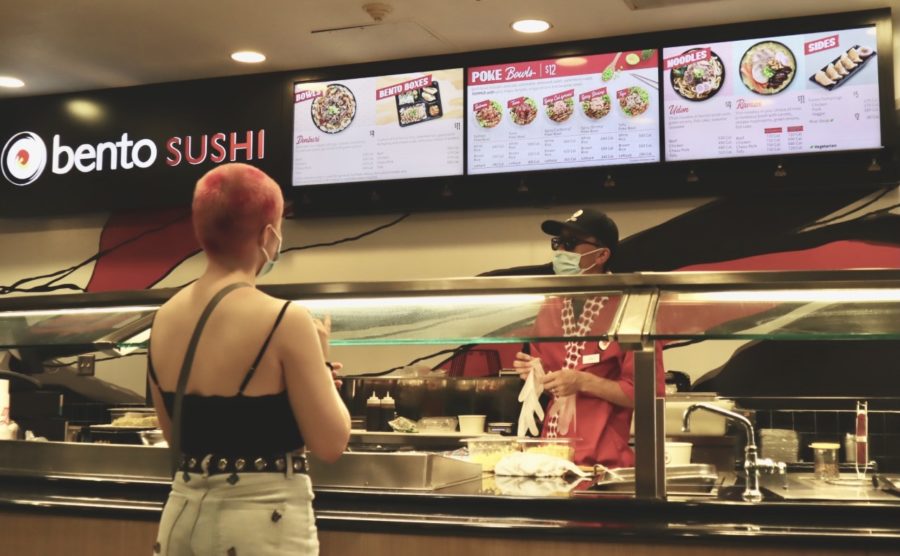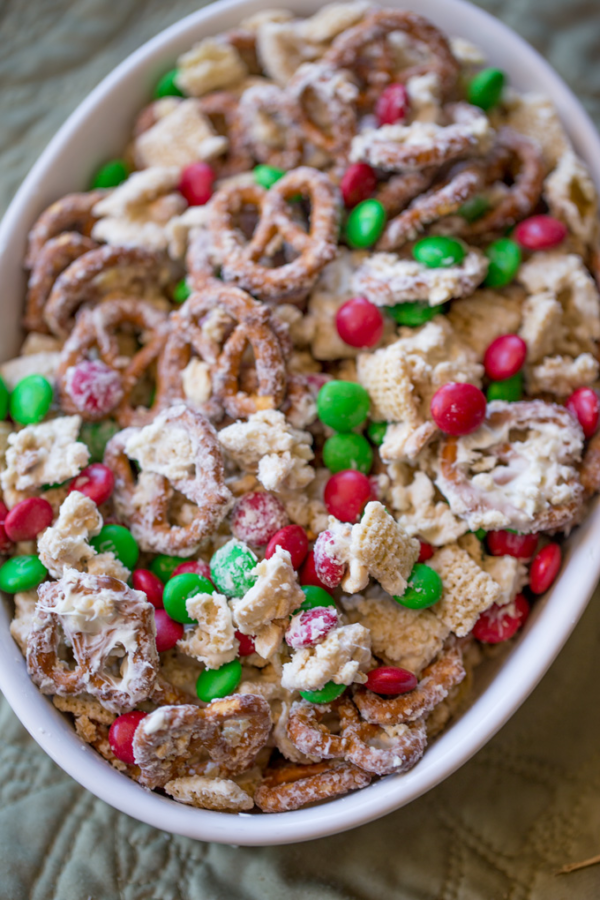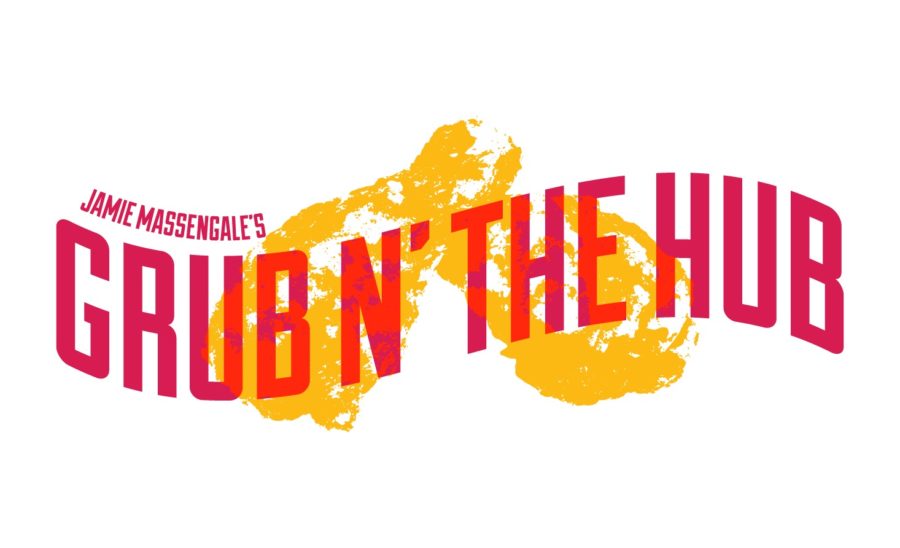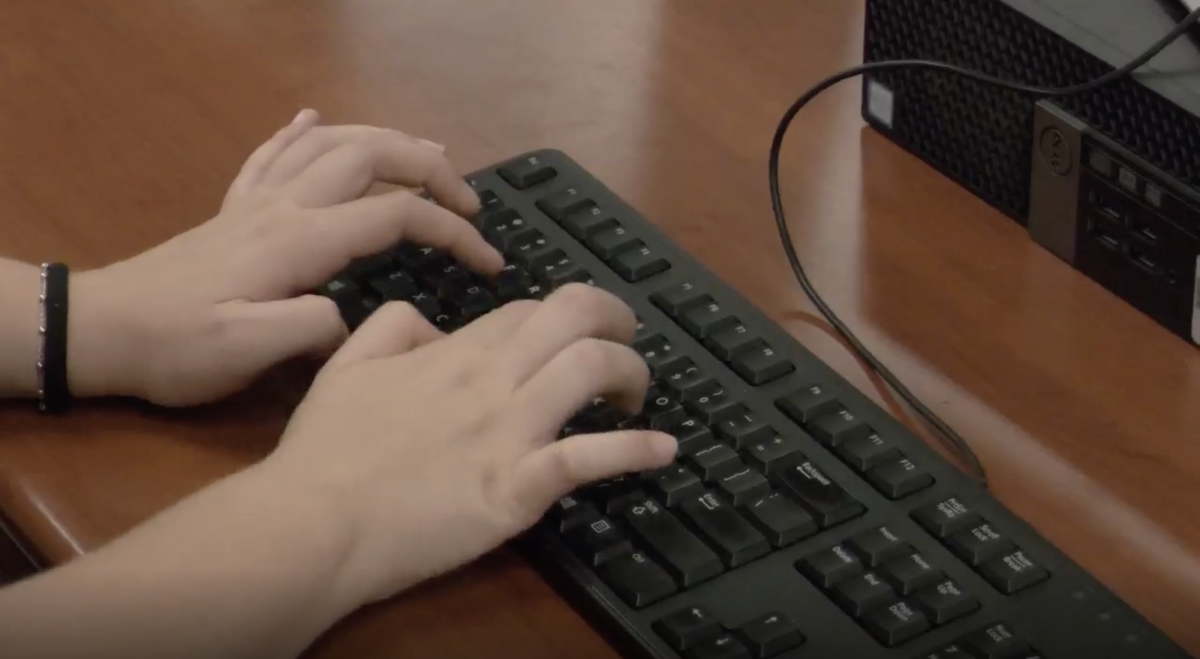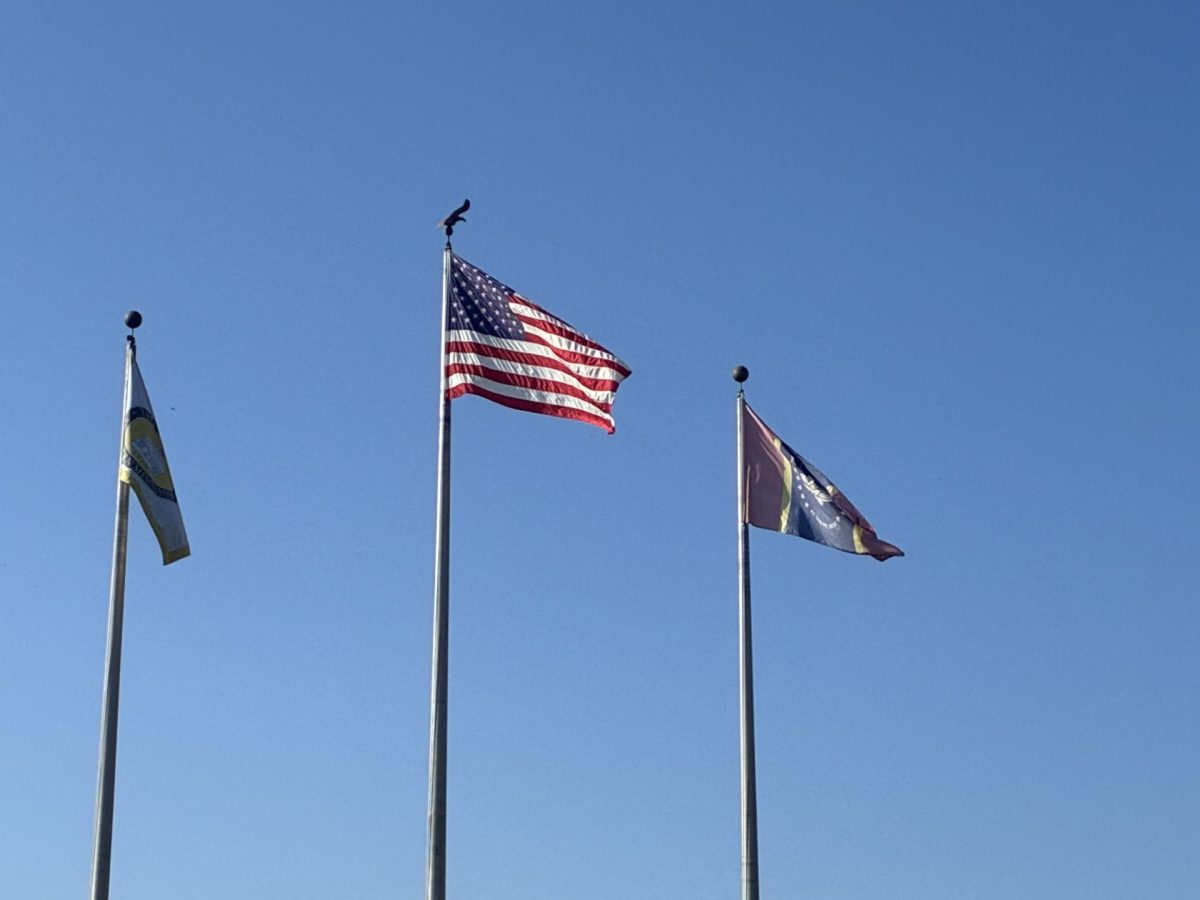After reverting back to its original rebranding last week, Cracker Barrel’s logo controversy draws questions on the impacts of modernizing company logos.
In mid-August, 2025, country-style diner, Cracker Barrel, announced a massive rebranding to a modernized logo and interior design to all of their locations. By the following week, however, they recanted and reverted to their original design. Customers and critics voiced their opposition to the rebrand. This led to the company scraping the newer, simplistic logo and returning to the original “Old Timer” logo.
Cracker Barrel’s website stated that its customer’s voices were heard in its “Our Promise To You” section.
“If the last few days have shown us anything,” said Cracker Barrel’s website, “it’s how deeply people care about Cracker Barrel. We’re grateful for your heartfelt voices. You’ve also shown us that we could’ve done a better job sharing who we are and who we’ll always be.”
Cracker Barrel reinforces its reasoning to return to the “Old Timer” logo.
“We love seeing how much you care about our ‘old timer,’” said Cracker Barrel’s website, “We love him too.”
Cracker Barrel is just one of the most recent brands to attempt a modernized rebrand. An article by Signs.com shows just how companies have rebranded over the past few decades. Companies like Walmart, Coca-Cola, Google and UPS are just some of the companies mentioned in the article.
Visual Objects did a survey in 2020 on some of the rebrandings of that time. Six company logos were used in their survey. All but two of the companies had negative reviews on their rebrand.
Facebook’s rebrand, in particular, had a massive support for older logos.
“According to our survey, 80% of people prefer Facebook’s old logo to the company’s 2019 redesign,” said Kelsey McKeon in her article on the study, “The new logo’s all-caps styling and the color-changing font was not well-received by users, with only 20% of respondents saying they prefer it to the old Facebook logo.”
According to Jessica Wong in her article in Entrepreneur, companies elect for simplified logos to create simpler brand recognition.
“Visual identities have the power to make a brand instantly recognizable,” said Wong. “The simpler a logo or other element is, the quicker customers can memorize and identify it. This has never mattered more than today. On average, Americans see between 4,000 and 10,000 adverts per day. That amount has doubled since 2007 and increased five-fold since the 1970s. Simplifying visual identities allows brands to cut through the noise and be noticed by consumers.”

